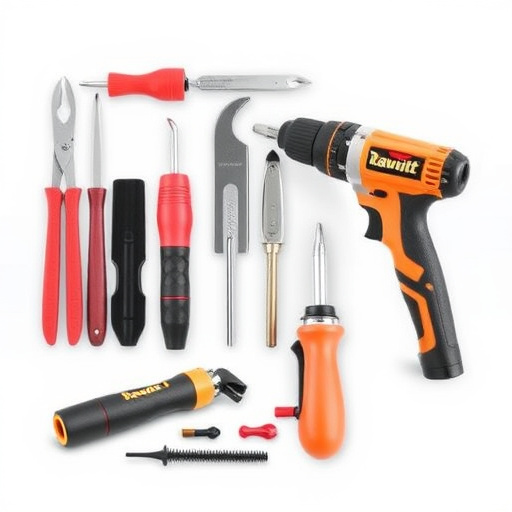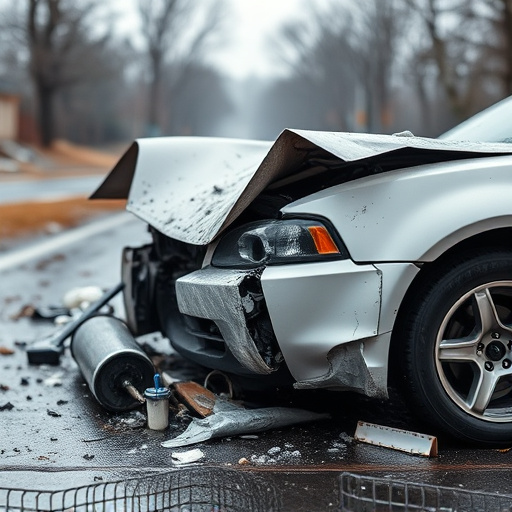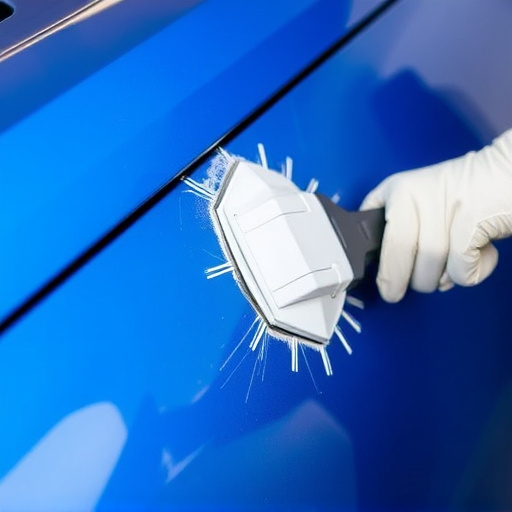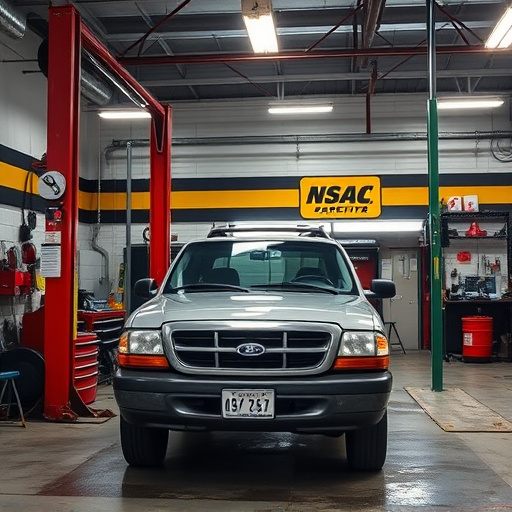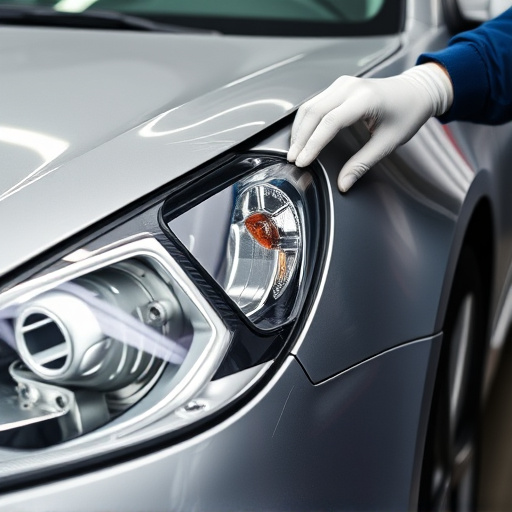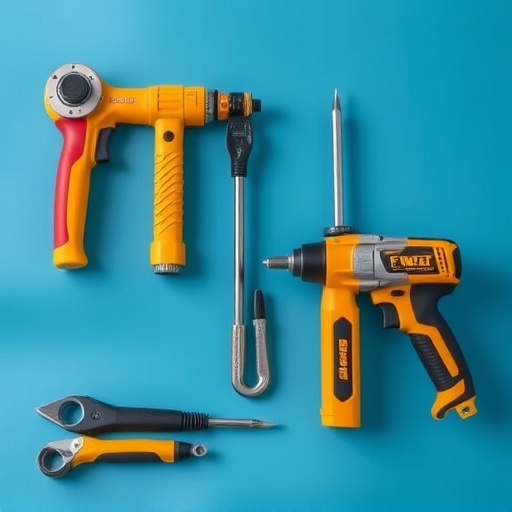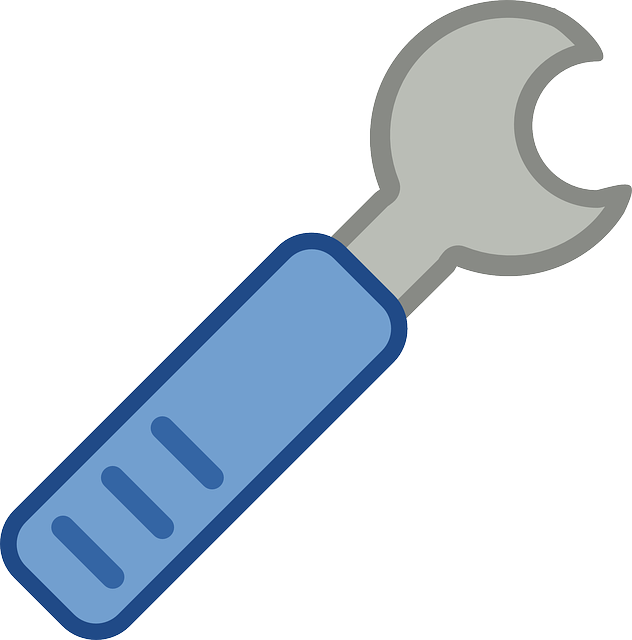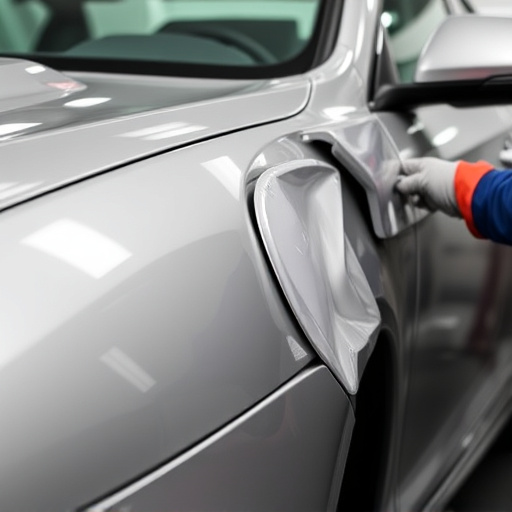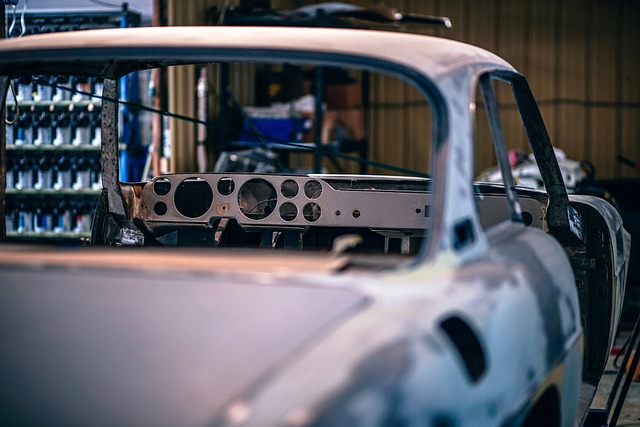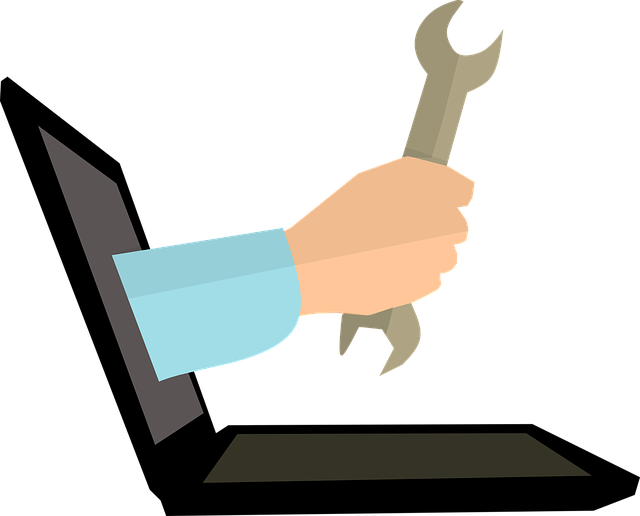The auto body repair process involves a detailed assessment to identify collision damage, followed by tailored restoration techniques for classic and modern vehicles. Skilled technicians use advanced tools, from sandblasting to painting, ensuring precision and quality control. Transparent communication between technicians and customers is key, fostering collaboration, customer satisfaction, and a seamless driving experience.
“Uncover the intricacies of the auto body repair process, a meticulous art that transforms damaged vehicles into like-new ones. This comprehensive guide delves into the step-by-step journey of restoring your car’s exterior. From initial assessment to final finishing touches, understand what happens behind the scenes during an auto body repair. Learn about your role as a customer, ensuring a seamless and efficient restoration process. Discover how these repairs not only fix dents but also preserve the value and longevity of your vehicle.”
- Understanding the Auto Body Repair Process
- What Happens During an Auto Body Repair?
- Customer's Role in Auto Body Repair Process
Understanding the Auto Body Repair Process
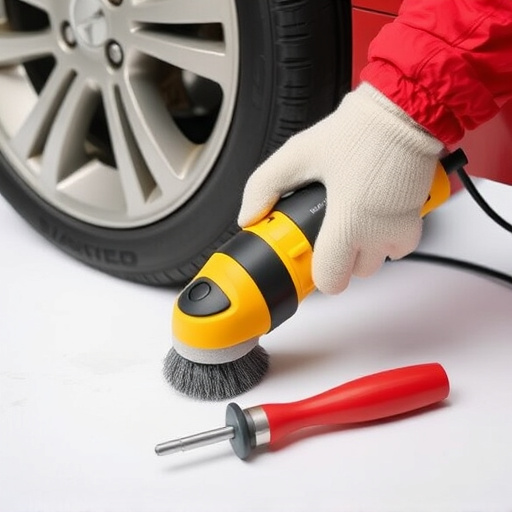
The auto body repair process involves several stages designed to restore a vehicle’s exterior to its pre-damage condition. It begins with an assessment to identify the extent of car damage repair needed, including examining panels, frames, and any affected components. Technicians then use specialized tools and techniques for classic car restoration or automotive restoration, depending on the age and value of the vehicle. This may include sandblasting, painting, and reassembling parts.
During this process, customers should expect clear communication from repair shops about each step. Understanding the auto body repair process allows clients to make informed decisions, choose quality services, and ensure their vehicles are returned to them in top condition, just like new.
What Happens During an Auto Body Repair?
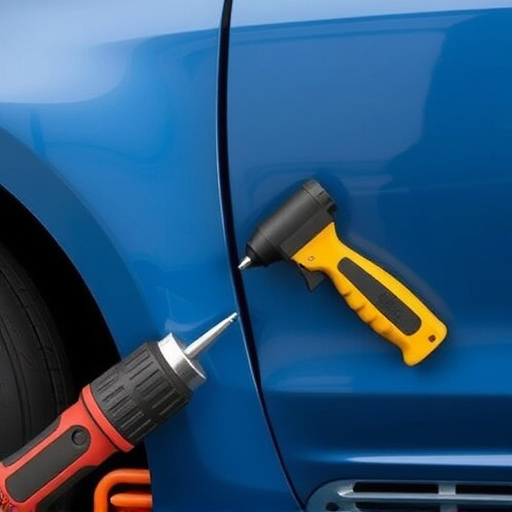
During an auto body repair process, a detailed assessment is conducted to identify and understand the extent of car damage repair required. This involves examining the vehicle for any collision damage repair needs, including dents, cracks, or missing parts in the bodywork. Advanced tools and techniques are employed to gauge the severity of each issue, ensuring that every aspect of the car’s structure and aesthetics is addressed accurately.
Once the evaluation is complete, the auto body repair experts devise a tailored plan for restoration. This may include procedures like panel replacement, painting, or specialized techniques for complex damages. The process prioritizes precision and quality to ensure the vehicle not only looks as good as new but also maintains optimal structural integrity. Each step is executed with care, from removing damaged components to applying high-quality finishes, resulting in a seamless fusion of aesthetics and functionality in the final car bodywork.
Customer's Role in Auto Body Repair Process
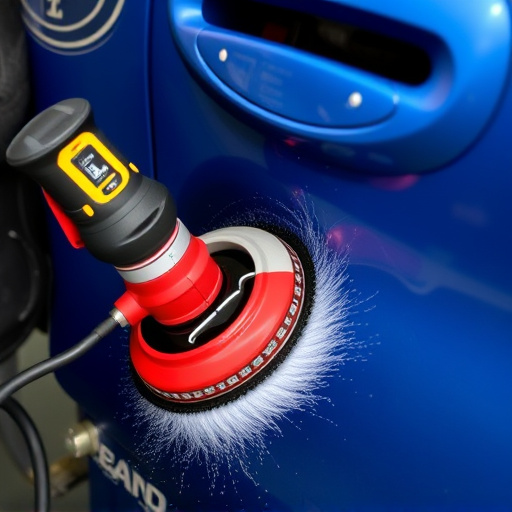
The auto body repair process is a collaborative effort between the skilled technicians at your car repair shop and yourself as the customer. While professionals handle the technical aspects, customers play a vital role in ensuring the best possible outcome for their vehicle’s bodywork. Your active involvement begins with thorough inspection and accurate communication of damage. This includes identifying all visible car damage repair needs, from dented panels to cracked windshields.
Clear and detailed descriptions of the issues will enable the skilled technicians at your trusted car repair shop to diagnose and treat each problem appropriately. During the repair process, stay informed about the progress, ask questions about any concerns, and understand the techniques used to restore your vehicle’s bodywork. This partnership ensures that you’re satisfied with the final result, achieving a seamless and safe drive for years to come.
The auto body repair process involves a series of meticulous steps to ensure vehicles return to their pre-incident condition. Customers play a vital role by choosing reputable shops, communicating expectations, and understanding the intricate repairs undertaken. By staying informed about the process, including what happens behind the scenes during each phase, customers can make informed decisions and collaborate effectively with technicians, ultimately achieving top-notch auto body repair results.
